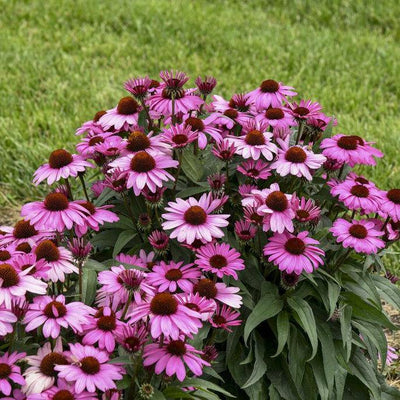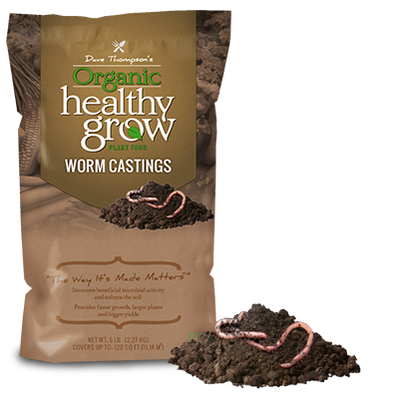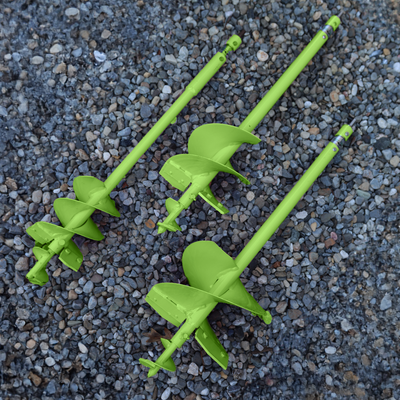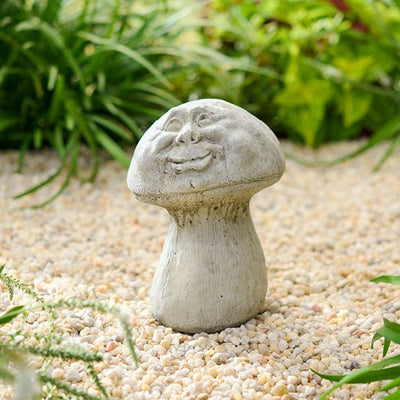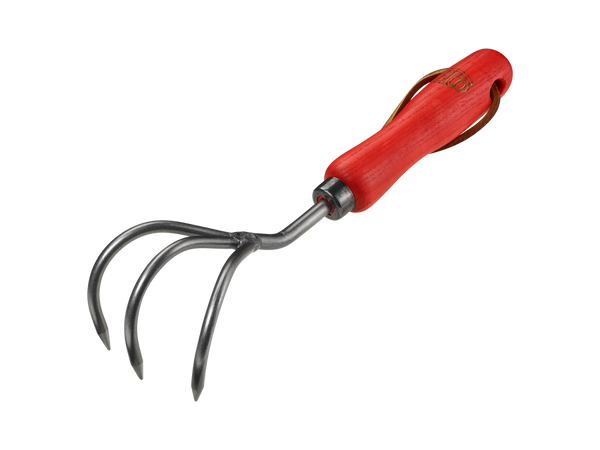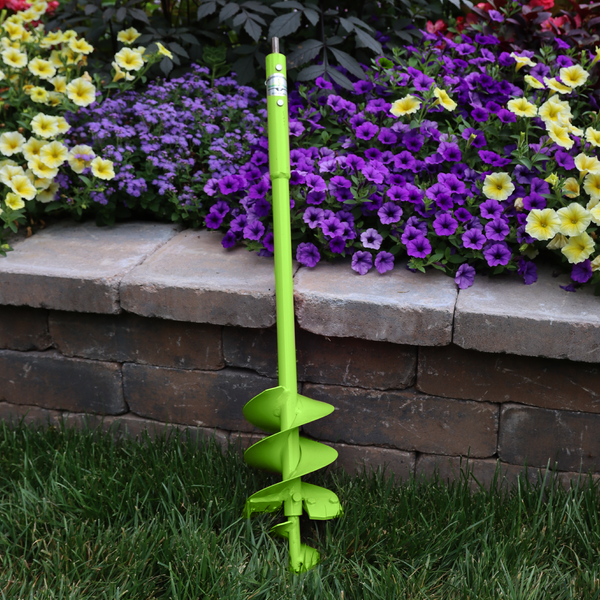
Earn [points_amount] when you buy this item.
56 items left
This plant is on pre-order, meaning if you order it now, it won't ship until spring/summer of 2025 based on your growing zone.
Proven Winners is constantly working to refine and improve their offerings for the North American garden and to the nursery industry in using the best in new plant and production materials.

Features
Characteristics
Plant Needs
Great foliage component plant in combinations; excellent heat tolerance and good vigor, the heartshaped leaves catch the eye.
Significantly improved over Sweet Caroline Sweetheart Red, Mahogany is far more saturated mahogany red and retains its color well in full sun. The habit is more mounded due to shorter internodes, but it does trail as it matures through the season. A good match to Sweet Caroline Sweetheart Jet Black™and Sweetheart Lime.
- Foliage Interest
- Deadheading Not Necessary
Characteristics
Plant Needs
Great foliage component plant in combinations; excellent heat tolerance and good vigor, the heartshaped leaves catch the eye.
Significantly improved over Sweet Caroline Sweetheart Red, Mahogany is far more saturated mahogany red and retains its color well in full sun. The habit is more mounded due to shorter internodes, but it does trail as it matures through the season. A good match to Sweet Caroline Sweetheart Jet Black™and Sweetheart Lime.
- Foliage Interest
- Deadheading Not Necessary

